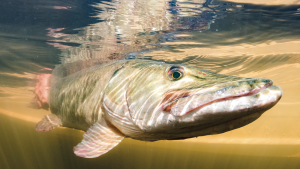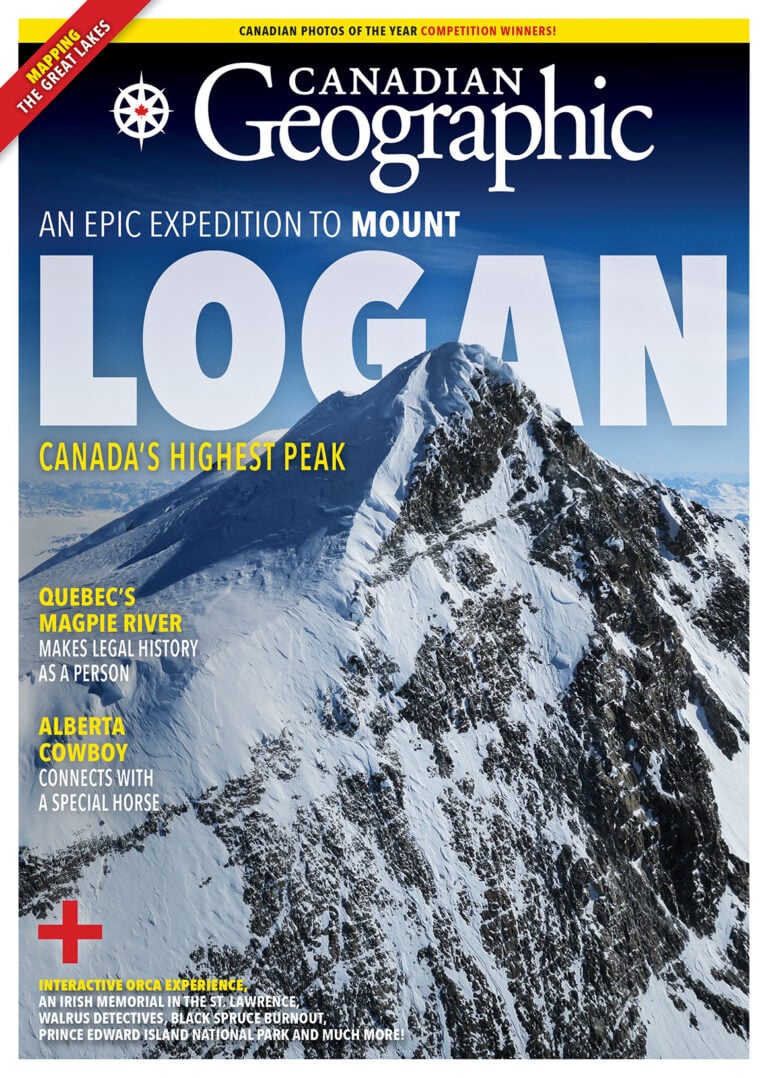
Environment
Space invasion: Is it too late to save the Great Lakes?
How a cocktail of invasive species and global change is altering the Great Lakes-St. Lawrence River ecosystem
- 2231 words
- 9 minutes
Mapping
Fifty years after the landmark Great Lakes Water Quality Agreement, what’s changed?

Sailors used to call them the “Sweetwater Seas.” But after centuries of sustained siege (extirpation of beavers during the fur-trade era, sedimentation and wetland loss due to logging, waterborne disease epidemics during the 19th and 20th centuries, industrial pollution, invasive species and habitat destruction), the Great Lakes could no longer live up to their moniker. In 1968, the Buffalo River caught fire, as did the Cuyahoga and the Rouge in 1969. Magazine photographs showing the water in flames or contaminated with everything from sewage to taconite tailings, slaughterhouse residue to algal blooms, prompted a public outcry. An environmental movement was born.
In the same year as the very first Earth Day, the Canadian government established the Canada Water Act, while the Americans enacted the U.S. National Environmental Policy Act of 1970. Two years later, the two countries signed the landmark 1972 Great Lakes Water Quality Agreement, a commitment to cooperate to restore and protect the Great Lakes. “It was revolutionary, right? And it’s still an international model of multinational cooperation,” says John Hartig, a visiting scholar at the University of Windsor’s Great Lakes Institute for Environmental Research. “That all happened because people started speaking out about pollution — and speaking in one voice.”

So, what’s happened in the years since? After more than a decade of research, negotiation, shifting perspectives, goal-setting and law-making, a revised agreement in 1987 highlighted 43 of the most polluted areas in the Great Lakes: 26 in the U.S., 12 in Canada, and five binational (you can see these so-called “areas of concern” on the map). “They put a magnifying glass on those 43 areas and had a laser-like focus to bring stakeholders together to cooperate and reach agreement on the problems,” says Hartig.
Still, dedicated funding took time. Canada was faster out of the blocks with the Great Lakes Cleanup Fund in the late ’80s (which became the Great Lakes Protection Initiative in 2017). The U.S. didn’t see major dedicated funding until after the millennium. However, by 2019, Canada and the U.S. had spent a total of C$6.5 billion and US$17.5 billion, respectively, to clean up and restore the Great Lakes.
It’s a fair amount of money. But if the Great Lakes region were a country, it would have the third largest GDP in the world behind the U.S. and China. The combined US$22.78 billion spent on cleanup over the last 34 years represents less than 0.4 per cent of the annual economic activity generated by this natural resource. And the Great Lakes Commission and Council of Great Lakes Industries estimate these investments will offer a threefold return. In the Toronto region alone, decades of cleanup and collaborative planning “have led to the revitalization of Toronto’s waterfront with substantial economic and social benefits,” according to research published in 2020 by Hartig and colleagues — yielding jobs, tourism spending and tax revenues.
So far, three Canadian and six U.S. sites have improved enough that they’re no longer listed as areas of concern. “It’s really important to celebrate 50 years and recognize how far we’ve come,” says Hartig. “But, you know, the ultimate goal is sustainability. That’s where we want to be, and we’re not there. So, we’ve got more to do.”
Are you passionate about Canadian geography?
You can support Canadian Geographic in 3 ways:

This story is from the March/April 2022 Issue

Environment
How a cocktail of invasive species and global change is altering the Great Lakes-St. Lawrence River ecosystem

Travel
Named after the south star, Octantis is Viking’s first expedition ship, which incorporates visits to Indigenous communities, supports environmental protection and more

History
A century later, tales of the legendary storm that hit the Great Lakes region live on

People & Culture
Announcing a new initiative to connect to and protect the Great Lakes-St. Lawrence watershed